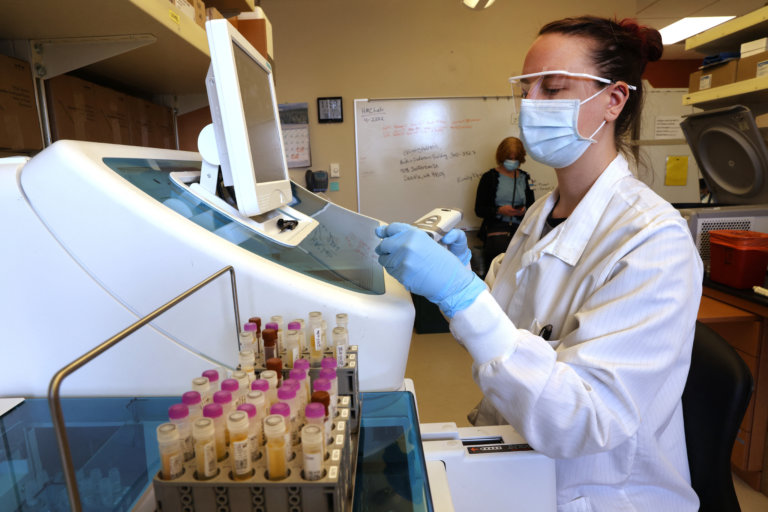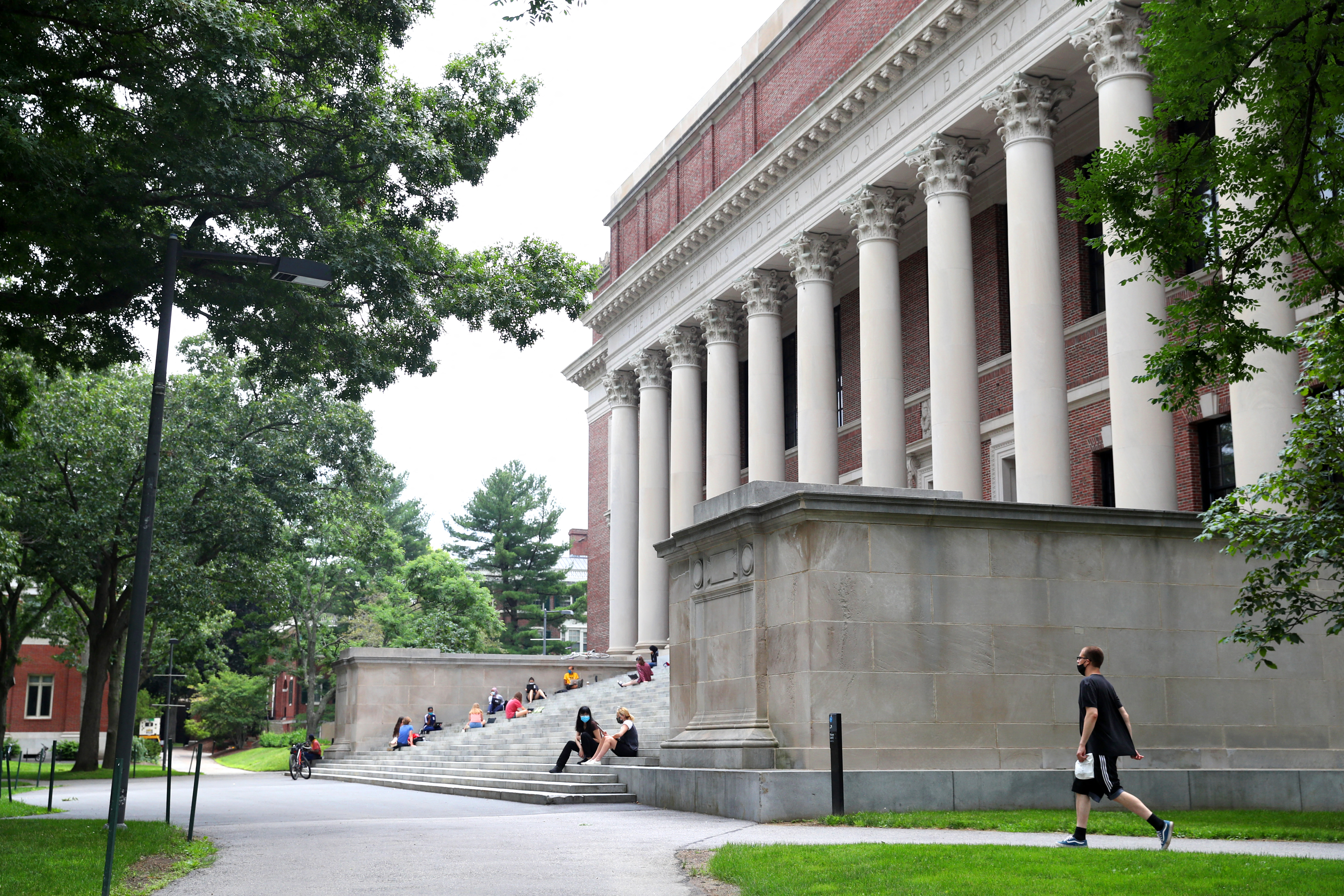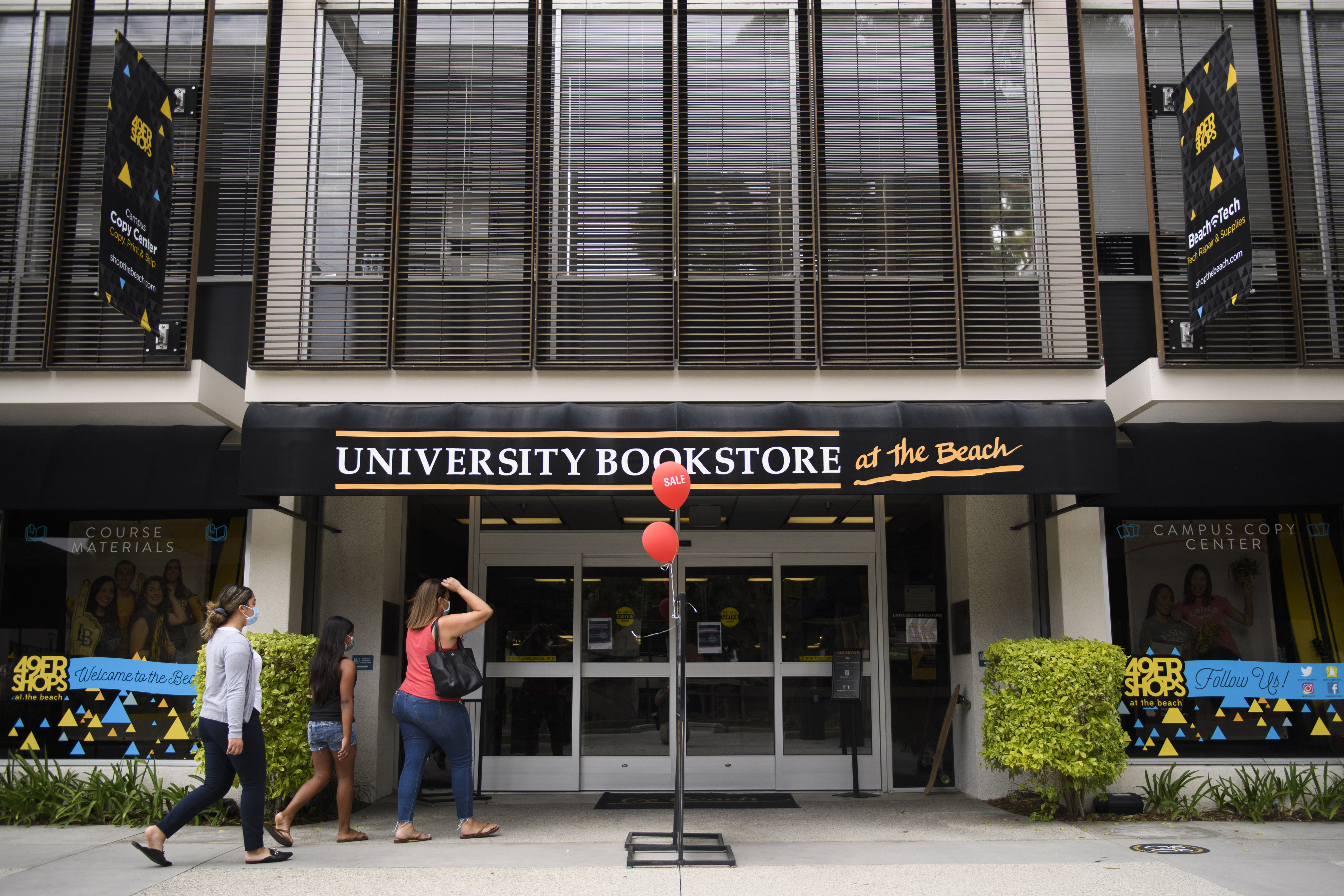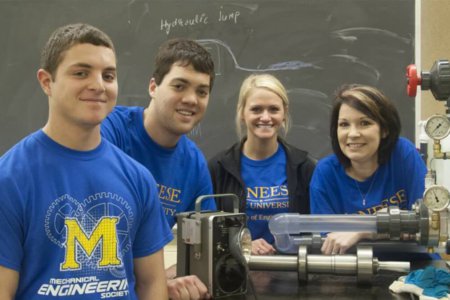
New data has emerged that shows the US is becoming an increasingly popular destination for post-study work opportunities, particularly for graduates with a STEM education.
According to a study conducted by Georgetown University research analyst Jack Corrigan, data scientist James Dunham, and research fellow Remco Zwetsloot, found approximately 77% of more than 178,000 international STEM doctoral graduates from US universities chose to remain in the country post-graduation.
The research, which examined the long-term stay rates of international STEM doctoral students and graduates in the US, considered their behaviour over the past five years. This analysis was based on data collected through the National Science Foundation’s (NSF) Survey of Doctorate Recipients (SDR).
Among other findings were the stay rates of older graduates, with the report showing that at least 65% of every year’s graduating class has stayed in the US since 2000. There were no stark differences in stay rates across different STEM educational pursuits, and most graduates eventually go on to obtain permanent residency. It also showed that over the past 20 years, over 40% of the nearly half a million doctoral degrees awarded by universities went to international students.
“Those who stay in the country after receiving their degrees strengthen the domestic STEM workforce and make valuable contributions to the economy and society,” said the authors in discussing the impact of international student stayers in the US.
Of these, Chinese and Indian students make up nearly half, and “most stay long after graduation”. “In February 2017, approximately 90% of Chinese nationals and 87% of Indian nationals who completed STEM PhD programmes in the US between 2000 and 2015 were still living in the country, compared to 66% of graduates from other countries,” the report states.
However, “due to country caps on green cards, Indian graduates have more difficulty obtaining permanent residency than other international students”.
US post-study work opportunities for graduates with a STEM education

Many students are drawn to the US for its quality education and post-study work opportunities. Source: Maddie Meyer/AFP
Over the years, the US has proved a popular destination for international students due to its post-study work opportunities. In fact, a report by Interstride showed that 41% of students at US universities are interested in staying to work in the country after completing their studies. The same study revealed that 23% of students chose to study in the US over the prospects of finding work after graduation.
This is mostly due to the Optional Practical Training (OPT) route offered to international students. Through this, international students are permitted to stay and work in the US for 12 months provided they find employment in a field related to their degree. A major draw of this is the opportunity to work freely without being sponsored by an employer.
Graduates with a STEM education, in particular, have an advantage in this regard, being granted 24 months instead of the 12 months usually afforded to other degree holders. A recent boom in STEM-related careers has also opened up work opportunities for international students, who are in high demand due to a lack of skilled graduates in these areas.
Barriers to working in the US after graduation

The US government has been increasing its efforts to attract and retain foreign talent. Source: Patrick T. Fallon/AFP
However, the reality of finding a job for graduates without a STEM education is far from friendly. Following the OPT period, another report by Interstride found that most graduates are unable to find employers willing to fill out their H-1B visa applications. This is largely due to a reluctance of American employees in hiring foreigners, as well as the graduates’ own hesitancy in networking due to gaps in cultural understanding.
As a direct result of this, international students are flocking to other countries instead of the US for their education. Research published by the National Foundation for American Policy (NFAP) found that the US is losing international students to Canada, a highly coveted destination due to its many immigration-friendly policies. Most of these students hail from India.
To combat this, the US government has been increasing its efforts to attract and retain foreign talent. The Biden administration recently widened the scope of STEM courses in its OPT programme, and more work visa rights are predicted for international graduates given the increasingly appealing post-study opportunities on offer by other countries.
“In order to remain the beacon that it has always been, the US must solve the puzzle of the higher education-to-immigration transition by providing a clear and visible pathway to opportunity for students at the outset,” said Dr. Rajika Bhandari, an international higher education expert, in an email interview with Study International.
“Without these sorts of changes, the US will continue to lose American-educated talent to other countries, and has already done so over the past few years. This includes more attractive and friendlier immigration policies that enable talented international students to stay on and pursue their ambitions while contributing significantly to the US economy and society.”










